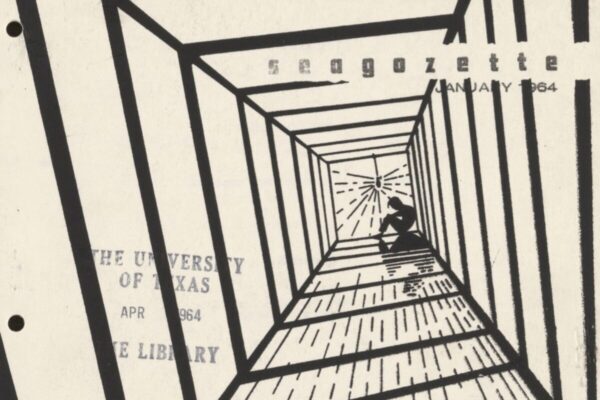JSTOR for secondary schools
Prepare students for success in higher education with an affordable solution designed for AP, IB, and other advanced programs. Students and teachers gain access to trusted academic journals, books, primary sources, and images that support rigorous, college-level learning and research.

2,700+
Leading academic journals
2M+
Primary sources across four collections
4,200
Participating secondary schools worldwide
Students build essential college-level research and critical thinking skills
Using JSTOR in high school helps students build the research and analytical skills needed for college-level work:

- Access trusted scholarly resources to conduct in-depth research, a key part of AP and IB curricula
- Develop independent research and writing skills while learning to locate, evaluate, and cite scholarly sources
- Strengthen critical thinking and analysis by assessing arguments, interpreting data, and synthesizing sources
- Engage with professional scholarship across diverse subjects to explore future areas of study
- Gain a global perspective through access to resources from institutions worldwide
Teachers enrich learning with trusted academic resources and tools
JSTOR supports teachers with trusted academic resources that enrich curricula and make research and teaching more engaging. Educators can:
- Use our free self-directed and ad-free Research Basics course to help students strengthen essential research skills
- Stay organized with Workspace, a tool for saving articles, book chapters, and other scholarly materials with notes and citations
- Incorporate JSTOR Daily articles that connect news and current events to scholarly research—perfect for classroom discussion prompts
- Draw on the Understanding Series for accessible analyses of widely studied texts, from Shakespeare to Martin Luther King Jr. and Louisa May Alcott

Innovative, cost-effective solutions for student success
Secondary schools can extend their resources by including multiple types of high-quality digital content on JSTOR’s feature-rich, easy-to-use platform. These content types—including journals and primary sources, books, and images—enable students to expand their avenues of research and streamline workflows for academic success.
01
Journals and primary sources for college-level research
Prepare students for college research with access to the vast majority of JSTOR’s archival journals and primary sources—all at a fraction of the cost. New content is added each year as the moving wall advances, ensuring continuous growth.
- 2,700+ leading journals across literature, history, biology, mathematics, and more
- Emerging fields such as sustainability, public health, and international security
- Millions of primary sources—pamphlets, manuscripts, oral histories, images, and more—to support research and teaching
02
Affordable academic ebook access
Search and discover ebooks, journal articles, and primary sources in one place with Books at JSTOR. JSTOR’s ebook package offers unlimited access to 87,000+ titles from 340+ publishers—valued at over $15 million—for a modest annual fee.
- Fully integrated search across books, articles, and primary sources
- Unlimited simultaneous use for students and teachers
- Annual fee: $995 (U.S.) with 75% reserved to automatically purchase your most-used titles
- Perpetual access on JSTOR to your purchased titles each year
03
Trustworthy images and multimedia to boost visual learning
Strengthen visual literacy with Artstor on JSTOR, featuring over 2 million high-quality images from museums, libraries, and archives—integrated alongside JSTOR’s trusted texts.
- Interdisciplinary depth across art, history, anthropology, and more
- Curated and credible images with complete metadata
- Interactive tools for zooming, comparing, and creating image presentations
- Ideal for arts, humanities, and social sciences classes—or for building visual analysis skills essential to college success
Empower your students with JSTOR
Join more than 4,200 secondary schools worldwide using JSTOR to prepare students for the challenges of higher education. With affordable, comprehensive access to scholarly journals, books, primary sources, and images, JSTOR gives schools the tools to inspire inquiry, strengthen research skills, and foster a lifelong love of learning.
Note: Items marked with * are required.
The latest from JSTOR
Stay up-to-date on all things JSTOR.
Get JSTOR
Interested in JSTOR for your secondary school
Connect with our team to explore access options for your institution and discover how JSTOR can support your library’s teaching and research goals.
Note: Items marked with * are required.
View image credits from this page

Christine Moll-Murata. State and Crafts in the Qing Dynasty (1644-1911). Amsterdam University Press, 2018.
Jin Nong. Poems on Paintings, Written for Ma Yueguan. 1754. Part of Open: The Metropolitan Museum of Art, Artstor. https://www.jstor.org/stable/community.18706184.








